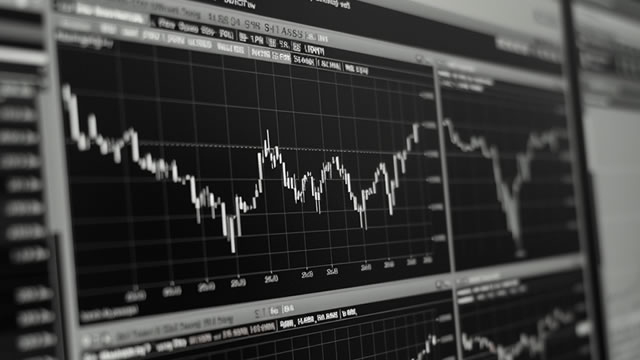The Impact of Rising 10-Year Treasury Rates on the Economy
Introduction
The recent surge in hot wage data and rising inflation expectations has economists predicting a significant rise in the 10-year Treasury rate. This is a reflection of the current economic landscape, with wage growth and inflation revisions pointing towards a steady 3% inflation rate. As a result, the likelihood of rate cuts in the near future is diminishing.
Wage Growth and Inflation
Wage growth has been on an upward trend in recent months, indicating a strong job market and increased consumer spending. This has led to a rise in inflation expectations, as consumers have more disposable income to spend. Inflation revisions have also shown a steady increase, with the 3% mark becoming a key indicator for the Federal Reserve.
With inflation hovering around 3%, the Federal Reserve is unlikely to implement rate cuts in the near future. This is because higher inflation typically leads to higher interest rates, as the central bank aims to curb inflationary pressures by tightening monetary policy. As a result, the 10-year Treasury rate is expected to rise significantly in the coming months.
Impact on Individuals
For individuals, rising 10-year Treasury rates could mean higher borrowing costs. This can affect mortgage rates, auto loans, and other forms of consumer credit. As interest rates rise, it becomes more expensive to borrow money, which can impact personal finances and spending habits.
Impact on the Global Economy
The impact of rising 10-year Treasury rates on the global economy can be significant. Higher interest rates in the US can attract foreign investors looking for higher yields on their investments. This can lead to capital inflows into the US, strengthening the dollar and potentially impacting global trade and currency markets.
Conclusion
Overall, the expected rise in the 10-year Treasury rate driven by hot wage data and rising inflation expectations has far-reaching implications for the economy. Individuals may experience higher borrowing costs, while the global economy could see shifts in investment flows and currency movements. It is important for policymakers and investors to closely monitor these developments and adapt their strategies accordingly.





